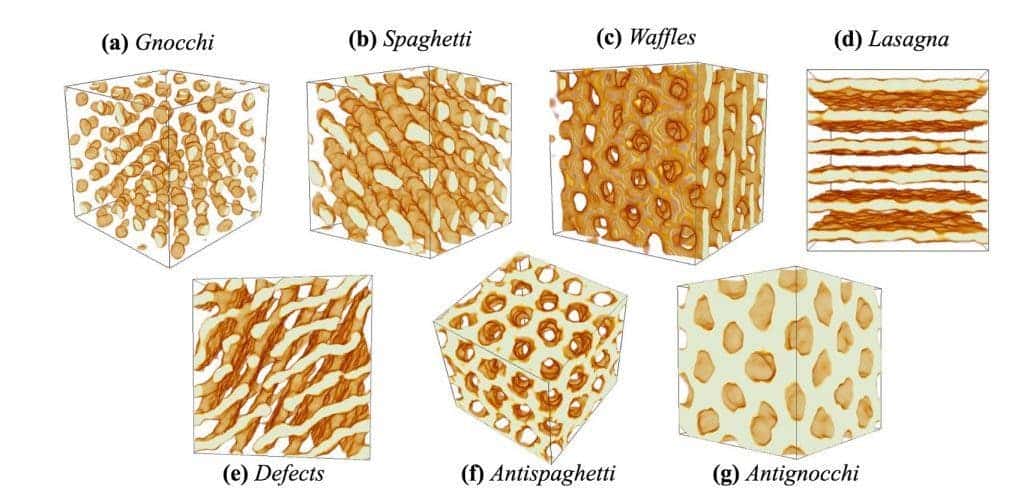The strongest material in the known universe is a strange form of pasta — it’s not campanelle, gnocchi, or penne, but rather an esoteric-like concoction called nuclear pasta, which is formed by the ungodly pressure found inside a neutron star. By scientists’ calculations, nuclear pasta is about 10 billion times stronger than steel.
The ultimate pressure cooker

When some stars die, they go supernova — the biggest kind of explosion man has ever measured. In the aftermath of a supernova, the outer layers of the star are stripped, exposing a dense core that collapses inward, forming a neutron star. These dense objects cram the mass of several suns into an object the size of a city. To illustrate the mind-boggling kind of density we’re referring to here, imagine cramming Mt. Everest into a sugar cube.
These sort of densities can trigger all sorts of quirky physics, among them the so-called nuclear pasta. The immense gravity makes the outer layer of the neutron star freeze solid, similar to how Earth’s thin crust envelops a liquid core. Below this crust, competing forces between protons and neutrons push and squeeze them into different directions, causing the material to take on tangled shapes that resemble pasta. The deeper you travel into the neutron star, the more elongated the neutrons become. In the spirit of the analogy, it’s like transitioning from gnocchi-like bubbles into thin rods that resemble spaghetti.
An international team comprised of researchers from McGill University, Indiana University and the California Institute of Technology has now crunched the numbers, simulating how the nuclear particles interact at different layers of the neutron star.
Over the course of these simulations — which required 2 million hours worth of processor time or the equivalent of 250 years on a laptop with a single good GPU — virtual nuclear pasta was stretched and deformed until it was pushed to its limits. The results suggest that the neutron star’s density made the nuclear pasta an astounding 10 billion times stronger than steel. It’s by far the strongest material in the universe.
“A lot of interesting physics is going on here under extreme conditions and so understanding the physical properties of a neutron star is a way for scientists to test their theories and models,” says Matthew Caplan, co-author of the study. “With this result, many problems need to be revisited. How large a mountain can you build on a neutron star before the crust breaks and it collapses? What will it look like? And most importantly, how can astronomers observe it?”
Understanding the strength of the nuclear pasta is important for astrophysicists, whose observations of neutron stars are confined to the crust. The findings published in Physical Review Letters could also help scientists better understand gravitational waves like those detected last year when two neutron stars collided.


